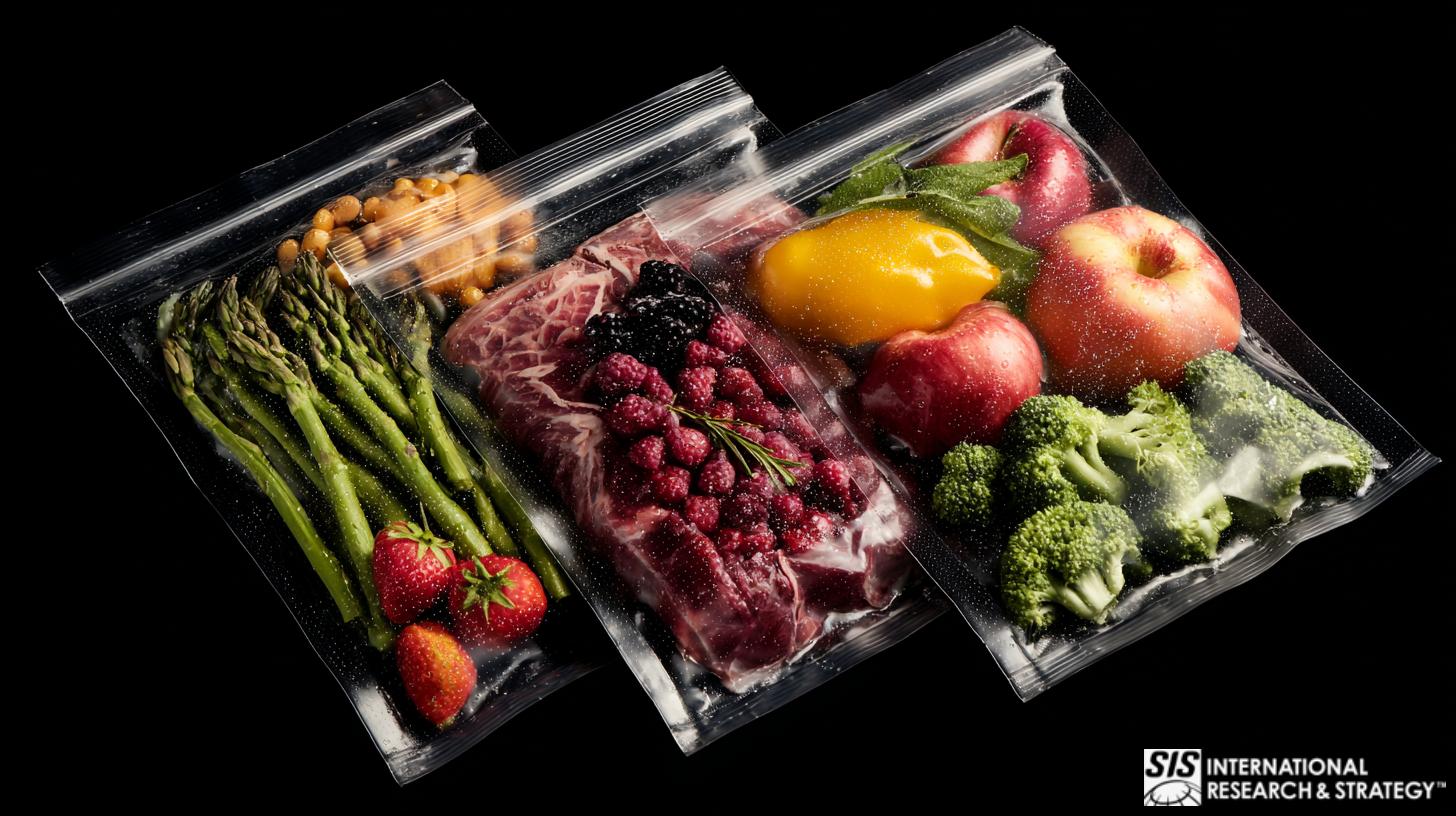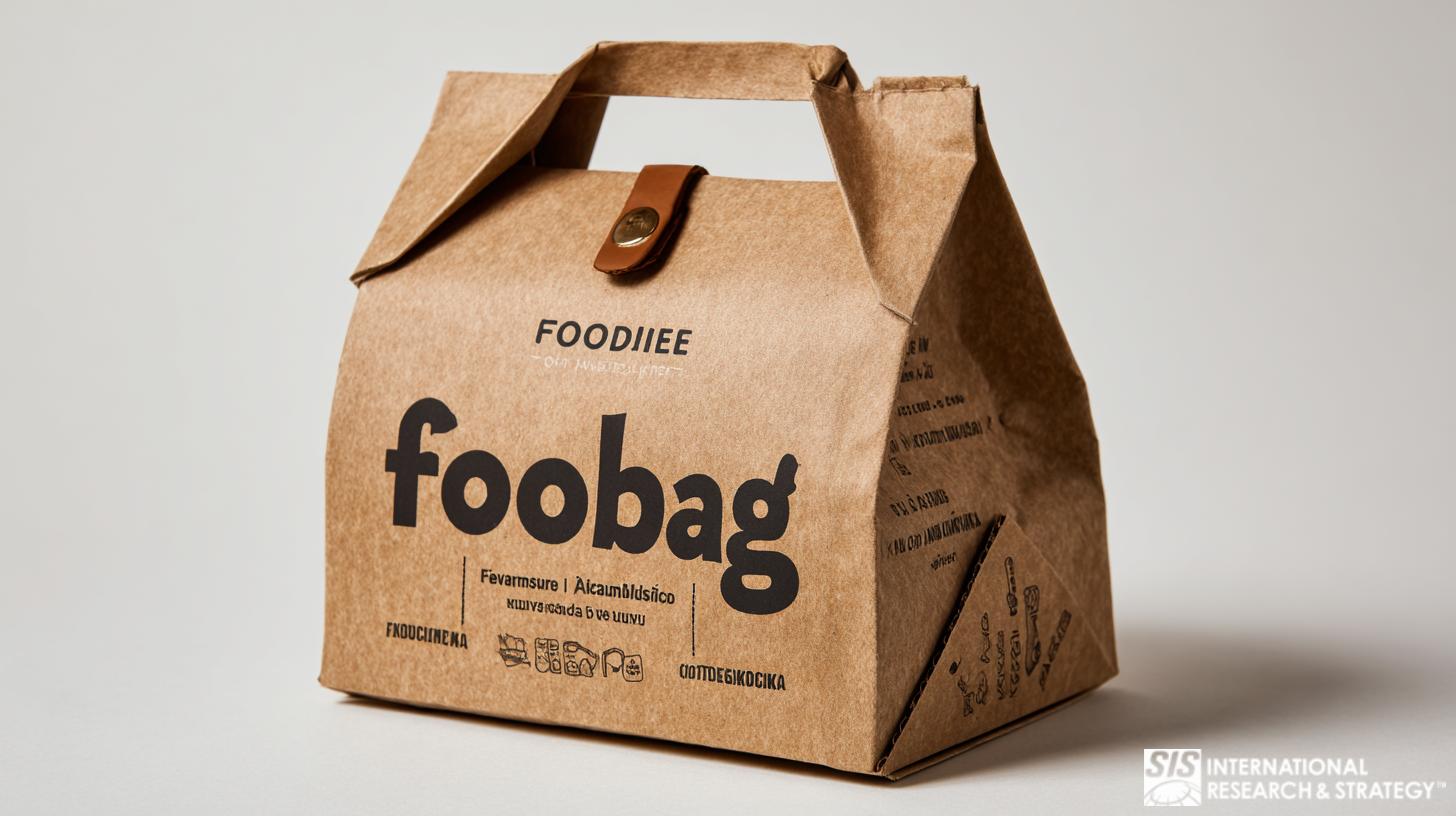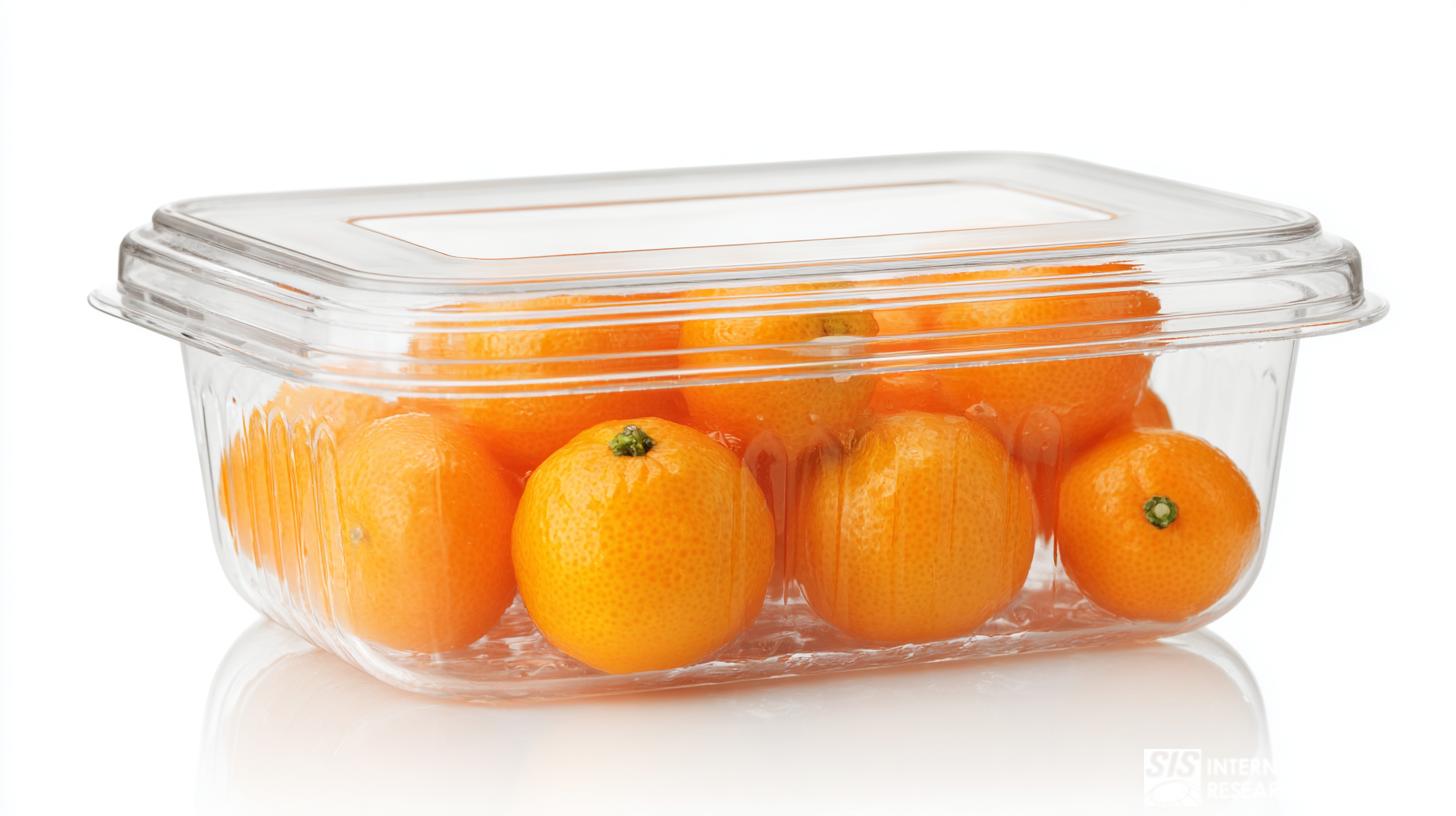Food Packaging Market Research

The landscape of food packaging is not just about containment and preservation anymore; it’s about innovation, sustainability, and creating a lasting impression on the consumer. That’s why food packaging market research is crucial for businesses aiming to thrive in this competitive arena and stay ahead of the curve with outstanding innovations that add real value to the market.
What is food packaging market research?
Food packaging market research is an analytical process designed to gather, analyze, and interpret data regarding the packaging preferences of consumers, emerging market trends, and the competitive landscape within the food industry. It serves as a point of reference for businesses, guiding them through the complexities of consumer demands, technological advancements, and environmental considerations.
Why Is It Important?
Food packaging market research enables businesses to tap into customers’ evolving preferences, offering insights into what consumers value in packaging. This knowledge allows companies to tailor their packaging strategies to meet consumer expectations, enhancing brand loyalty and driving sales.
Moreover, market research provides a window into the latest trends, such as biodegradable materials, smart packaging technologies that extend shelf life, and designs that maximize convenience for on-the-go consumption. By staying abreast of these trends through diligent market research, businesses can lead the charge in innovation, setting new standards for the industry.
Another critical aspect is sustainability, which has become a non-negotiable element of packaging. Food packaging research sheds light on consumer attitudes toward sustainability, enabling businesses to develop packaging solutions that meet regulatory requirements and appeal to the eco-conscious consumer.
Understanding the numerous advantages of food packaging market research is crucial for businesses aiming to navigate the complexities of the food industry successfully – and here are some of the main advantages of this market analysis:
- Informed Decision-Making: Food packaging market research equips businesses with data-driven insights, enabling them to make informed decisions regarding packaging design, materials, and functionalities.
- Enhanced Customer Satisfaction: By understanding consumer preferences and expectations, companies can tailor their packaging to meet the demands of their target audience.
- Competitive Advantage: Insight into current trends, emerging technologies, and competitor strategies allows businesses to stay ahead. Market research uncovers opportunities for innovation and differentiation, providing a competitive edge that can be the deciding factor in a consumer’s purchase decision.
- Regulatory Compliance and Sustainability: Market research guides complying with local and international packaging regulations and identifies sustainable materials and practices that resonate with consumers, enhancing a brand’s reputation and commitment to environmental stewardship.
- Cost Optimization: By identifying areas where resources can be optimized without compromising quality or consumer appeal, businesses can improve their bottom line while maintaining, or even enhancing, product attractiveness.
Who Uses Food Packaging Market Research

Manufacturers are among the primary users of food packaging market research. They rely on these insights to design and produce packaging that not only preserves the quality of food products but also appeals to consumer preferences and trends. For manufacturers, understanding the latest materials, technologies, and design trends is crucial for developing packaging solutions that stand out on the shelves and meet consumer demands for functionality and sustainability.
Brand owners and marketers also heavily depend on food packaging market research. It gives them a deep understanding of consumer behavior, preferences, and purchasing drivers, enabling them to craft packaging that enhances brand identity, communicates product benefits, and encourages purchase decisions.
Furthermore, Retailers use food packaging research to optimize their product assortment and shelf placement strategies. By understanding which packaging designs, materials, and formats are most attractive to consumers, retailers can make informed decisions about which products to stock and how to display them effectively.
Regulatory agencies and environmental organizations also utilize food packaging market research to monitor compliance with packaging regulations and sustainability standards. Research findings help these bodies understand industry trends, identify gaps in compliance, and develop guidelines that promote safe, sustainable packaging practices. This ensures that packaging meets consumer and market needs and aligns with broader public health and environmental objectives.
Critical Factors
Embarking on food packaging market research requires a keen understanding of the industry’s nuances, consumer behaviors, and the evolving regulatory landscape. The following factors are critical to ensuring the research delivers actionable insights and tangible benefits:
- Comprehensive Understanding of the Target Market: The success of food packaging market research hinges on a deep and nuanced understanding of the target market. This includes demographic details, purchasing behaviors, preferences, and sensitivities. Knowing the audience helps tailor the research methodology and questions, ensuring the insights gathered are relevant and actionable.
- Integration of Sustainability Considerations: With growing consumer awareness and regulatory pressures around sustainability, incorporating environmental considerations into food packaging market research is no longer optional. Research must assess consumer attitudes towards sustainable packaging options, their willingness to pay a premium for such features, and the trade-offs they are willing to make.
- Leveraging Advanced Research Technologies: Utilizing advanced research technologies and methodologies can significantly enhance the depth and quality of insights gathered. From virtual reality simulations that test packaging designs in a controlled environment to big data analytics that uncover patterns in consumer behavior, the right technology can provide a competitive edge in understanding and predicting market trends.
- Alignment with Regulatory Standards: Successful market research must always consider the current regulatory environment. This involves compliance with existing regulations and anticipating changes that could impact packaging designs and materials. Staying ahead of regulatory trends ensures that packaging innovations are market-ready and future-proof.
- Agility and Responsiveness: The food packaging industry is subject to rapid changes due to technological advancements, consumer trends, and regulatory shifts. Successful market research must be agile, and capable of adapting to new information and changing market conditions.
Key Players
The food packaging industry is a dynamic and competitive landscape, marked by several key players that drive innovation and set trends. Understanding these main players is crucial for businesses aiming to navigate this space effectively.
- Tetra Pak: A global giant in food processing and packaging solutions, Tetra Pak is renowned for its innovative and environmentally friendly packaging products. The company offers a range of packaging materials and equipment designed to maintain the safety, quality, and freshness of food products.
- Amcor: Amcor specializes in developing and producing high-quality flexible packaging, rigid containers, specialty cartons, closures, and services for food, beverage, pharmaceutical, medical-device, home, personal-care, and other products. Their commitment to sustainability and innovation makes them a leader in the packaging industry.
- Sealed Air: Famous for its Bubble Wrap brand, Sealed Air provides packaging solutions that ensure food safety, extend shelf life, and reduce waste. The company focuses on creating packaging solutions that are sustainable, efficient, and protective.
- Berry Global: Berry Global offers various packaging solutions, including containers, bottles, jars, and flexible packaging options for the food and beverage industry. Their products are designed to be sustainable, enhancing product protection and extending shelf life.
Opportunities

Exploring the realm of food packaging market research uncovers a wealth of opportunities for businesses aiming to innovate and excel in this dynamic sector. As consumer preferences evolve and environmental considerations become increasingly paramount, companies that leverage insights from targeted market research can gain a significant competitive advantage.
- Expanding Market Reach: Understanding regional and global market dynamics through comprehensive research allows businesses to identify new expansion opportunities. Insights into local consumer behavior, preferences, and regulatory landscapes can inform strategies for entering new markets or expanding existing ones. Tailoring packaging solutions to fit local tastes and requirements can significantly enhance market penetration and success.
- Enhancing Brand Differentiation: Food packaging market research enables businesses to identify unique packaging innovations that can set their products apart. This could involve novel materials, smart packaging technologies that enhance product freshness or convenience, or designs that improve user experience. Such differentiation can be a powerful tool in attracting and retaining customers.
- Optimizing Cost and Efficiency: Beyond consumer-facing benefits, food packaging market research also offers opportunities to optimize operational costs and efficiency. Insights into new materials or production processes can lead to cost savings, improved packaging durability, and reduced waste. Additionally, understanding the supply chain dynamics of packaging materials can help businesses make informed decisions that enhance operational efficiency and sustainability.
Challenges
Navigating the complexities of the food packaging market research presents a unique set of challenges for businesses seeking to innovate and excel in this competitive arena. These challenges can significantly impact the effectiveness of research efforts and the implementation of insights.
- Balancing Consumer Desires with Sustainability Goals: Consumers increasingly demand packaging solutions that are both convenient and sustainable, a balance that can be challenging to achieve. For instance, single-use plastics offer convenience but are detrimental to the environment.
- Understanding and Predicting Consumer Behavior: Consumer preferences and behaviors can be highly volatile, influenced by trends, social movements, and even global events such as pandemics. Conducting market research that accurately predicts these changes and aligns with consumer expectations is challenging.
- Managing Costs and Resource Allocation: Effective food packaging market research requires significant investment in terms of both time and resources. For many businesses, especially small and medium-sized enterprises, allocating the necessary resources for comprehensive research can be challenging.
- Adapting to Global Supply Chain Complexities: The global nature of supply chains in the food packaging industry adds another layer of complexity to market research. Fluctuations in the availability of raw materials, changes in trade policies, and logistical challenges can all impact packaging solutions.

